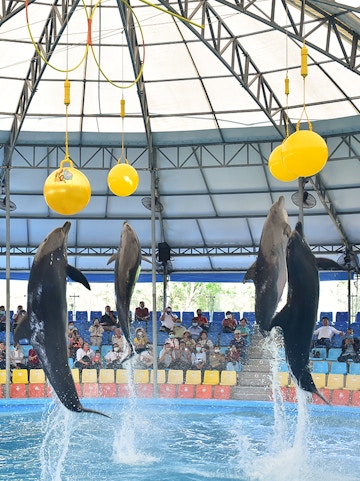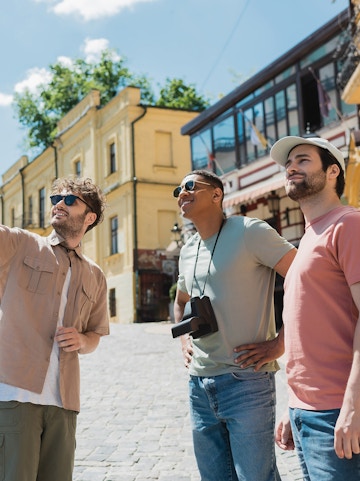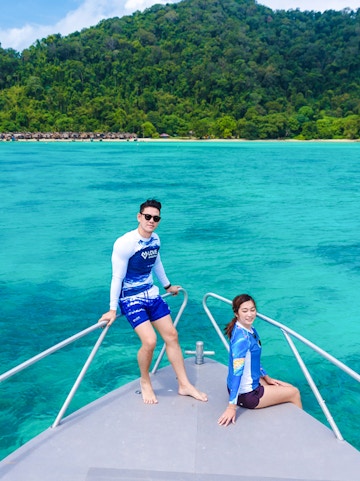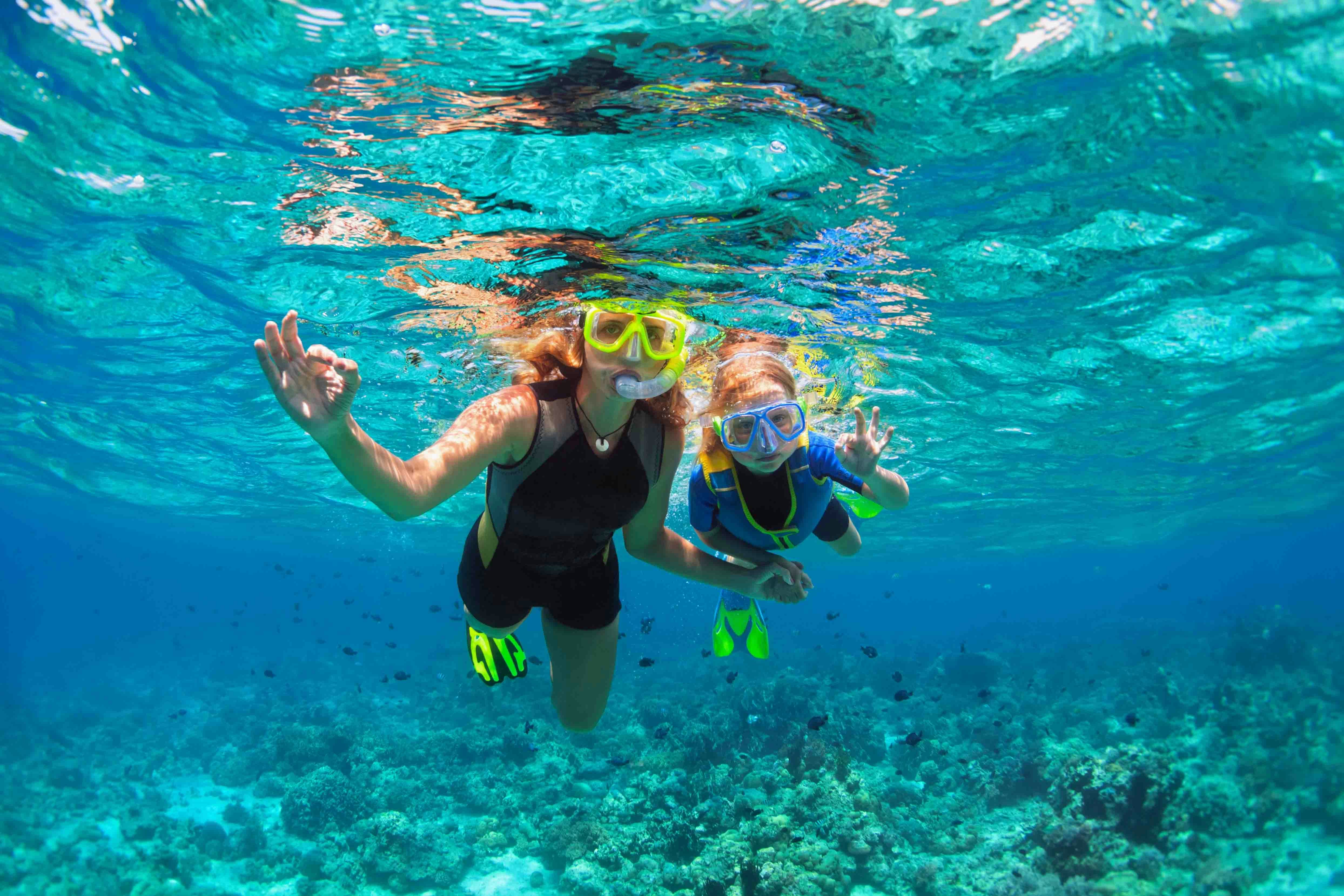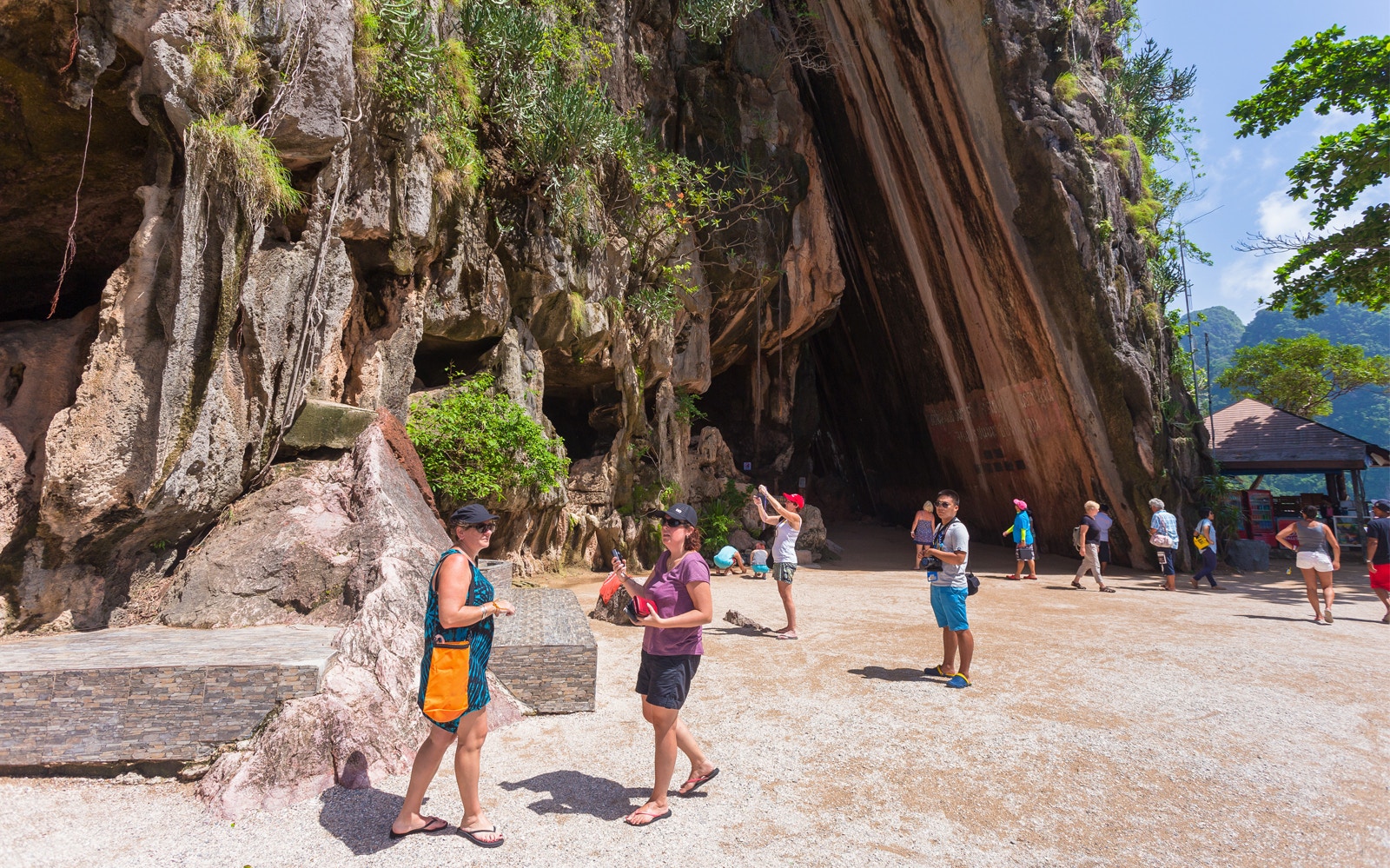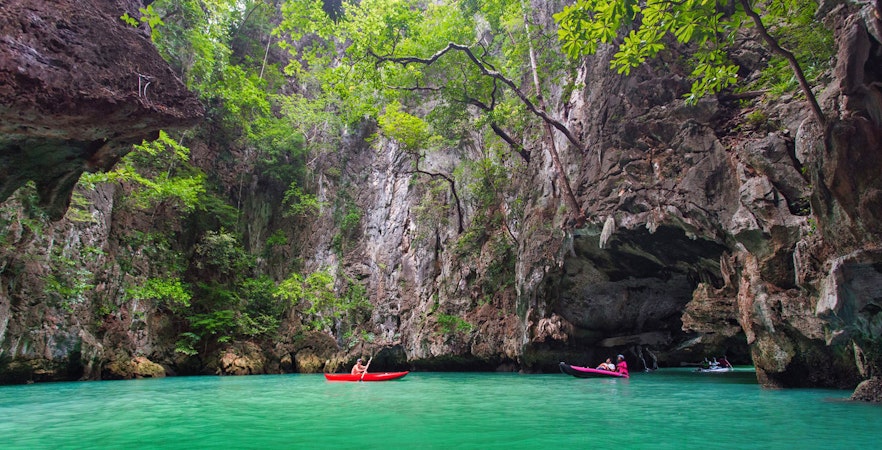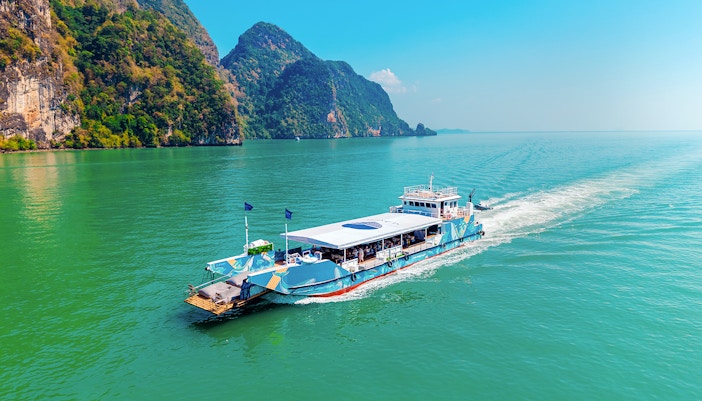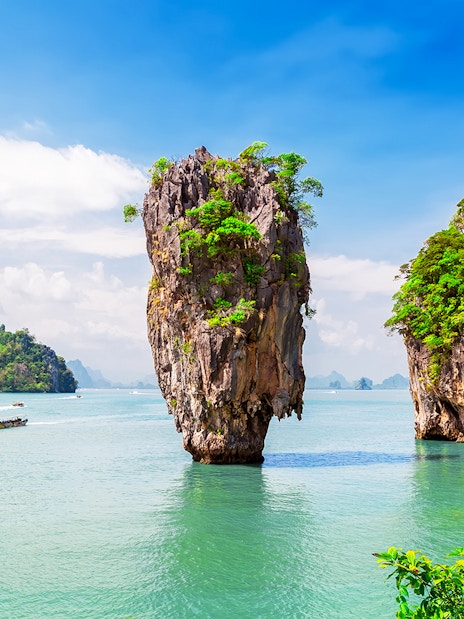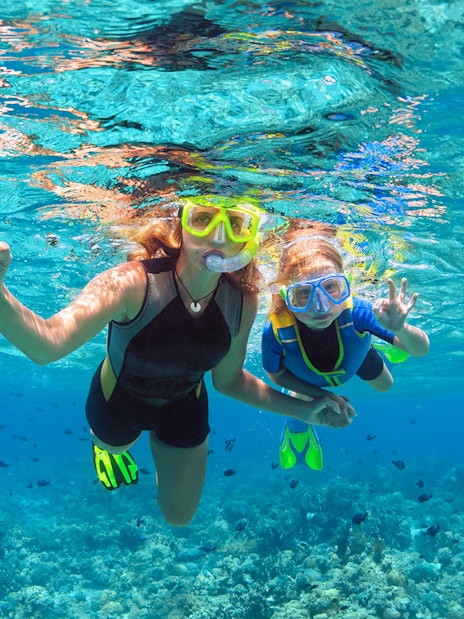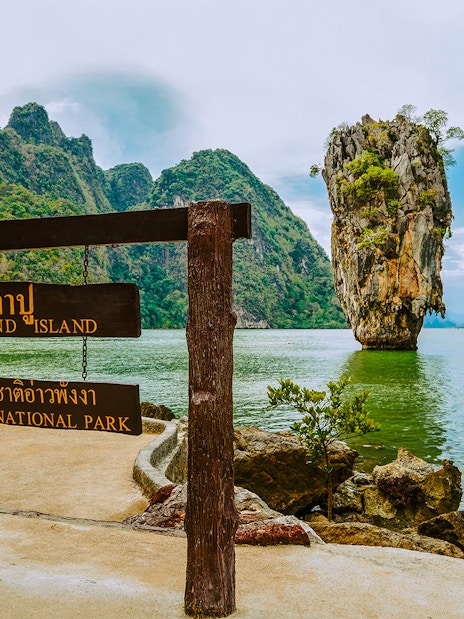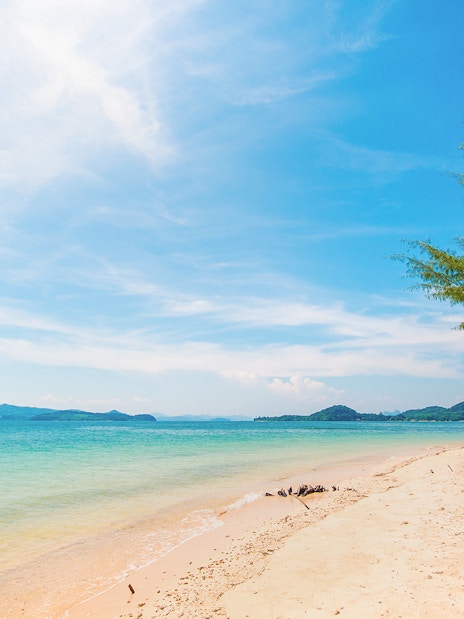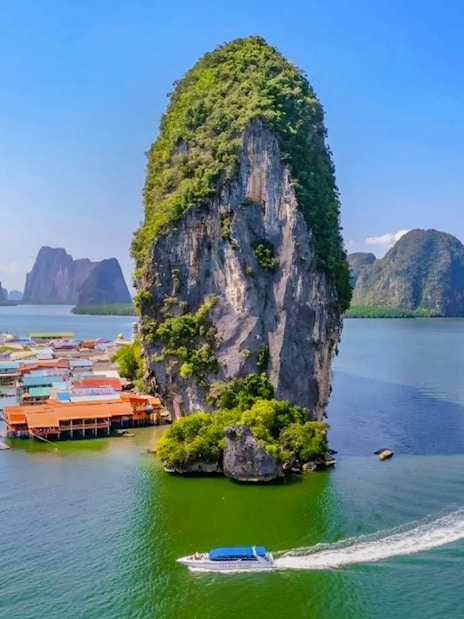From happy customers
Loved by 45 million+
Renee
Jun 2025
5/5
The trip was fantastic and included everything they promised! It was well organized with the schedule clearly laid out. The cave visit was breathtaking. The trip to each of the islands was well planned and the overall experience was very enjoyable. The team was very safety-conscious while ensuring that everyone had a good time. The bioluminescence was magical, and the team made sure we understood it wouldn’t look like the pictures online, which I appreciated. I would highly recommend this trip!
Bree
Jun 2025
5/5
This is definitely a once-in-a-lifetime experience! Our tour guide was so nice, my husband lost his wedding band in the water and our guide went back with snorkeling goggles and a light and managed to find it for us! The only downside is that you can't take pictures of the bioluminescent plankton like they show in the ad. But seeing it in person is absolutely incredible! Totally worth the price!
Sachleen
Jun 2025
5/5
Just wow! What an unforgettable yacht adventure in the gorgeous waters of Phuket. From the crystal-clear sea to the stunning island sights, every second felt like a fantasy. The crew was outstanding—attentive, friendly, and made sure everything was just right. The food, the tunes, the sunset… pure joy. Thanks for making this one of the most memorable days of our trip. Can’t wait to sail these waters again!
Moath
Jun 2025
5/5
Beautiful experience, quiet boat, surrounded by the sea, great activities, water, drinks, and lunch. Would do it all over again.
Sara
ItalyDec 2025
5/5
Lovely and wonderful places, cruise organized to the smallest detail, we were pampered and had a great time! Great food and company! Super team!!! Thank you all for a fantastic day and evening watching the bioluminescence ♥️♥️♥️


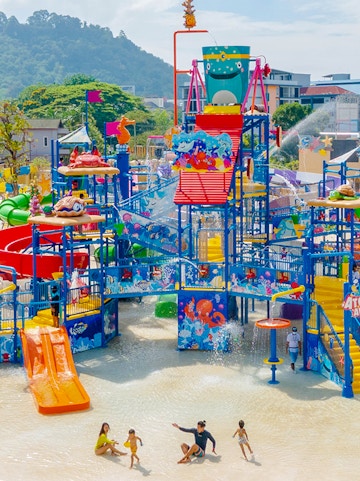

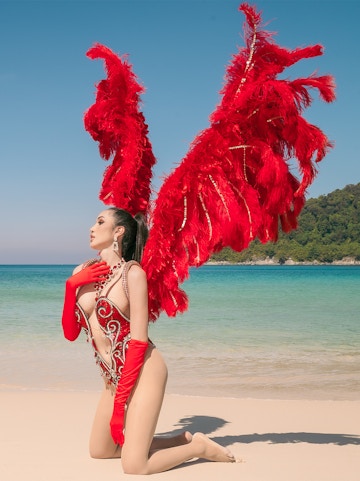
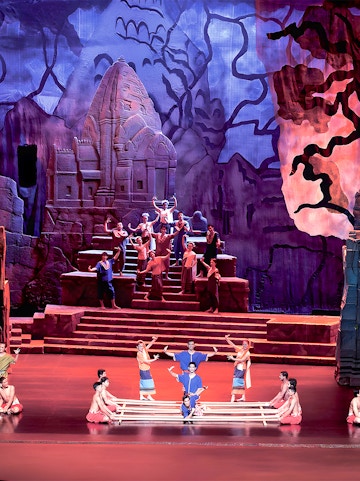
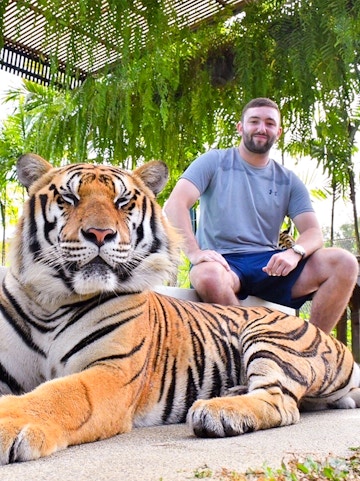
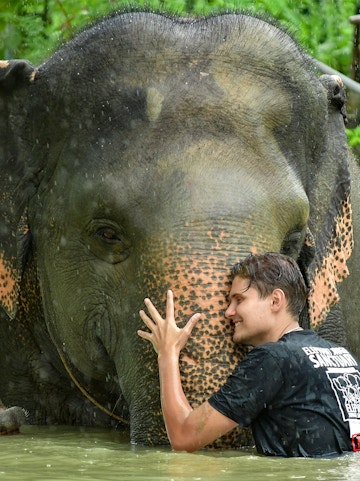
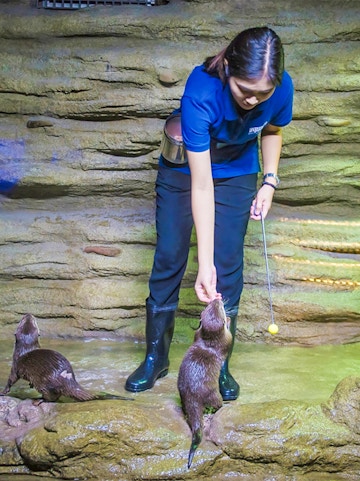
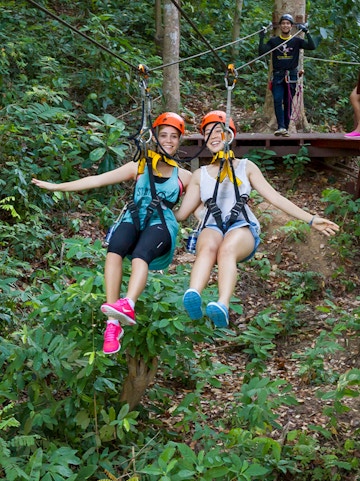
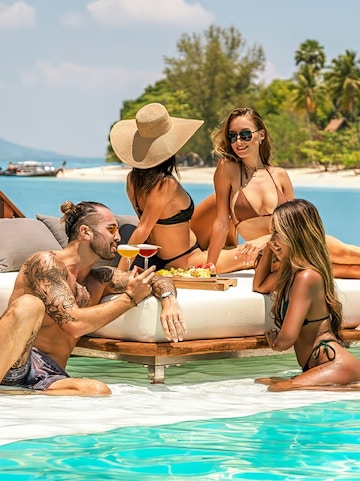
.jpg?auto=format&w=360&h=480.59999999999997&q=90&crop=faces&fit=crop)
